Investment Casting Comparisons
Advantages of Investment Casting
To download the complete guide on the Benefits of Investment castings, please click here.
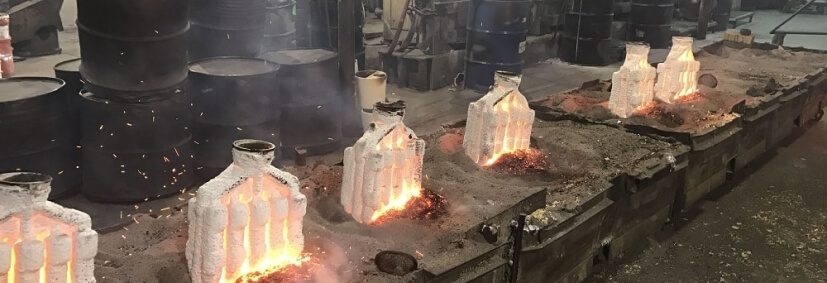
Investment Casting
- Ceramic mold casting cavity produces a smooth finish
- Typical surface finish of 125 Ra as cast
- Holds a .005”/inch tolerance for majority of applications
- Low amount of machining required after casting
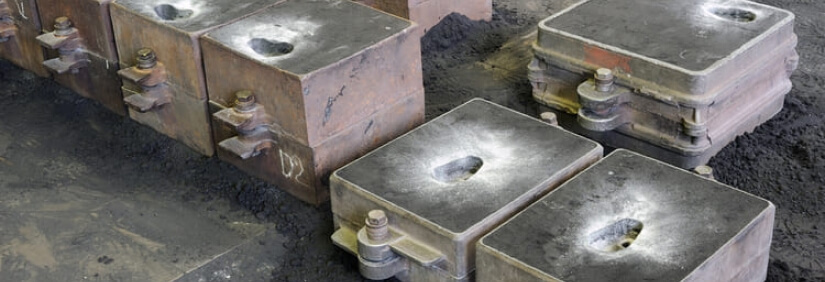
Sand Casting
- Sand shell casting cavity creates a rough exterior
- Typical surface finish of 250 Ra as cast
- Cannot hold tight tolerances
- Needs extensive machining after casting for acceptable surface finish
Select Your Investment Casting Material
View Material
Investment Casting
- Wax is injected into an aluminum cavity
- Aluminum has a low cost, is easy to cut, & is inexpensive to maintain
- Wax is easy on tooling, allowing it to maintain consistent parts for many users
- Can cast both ferrous & non-ferrous metals
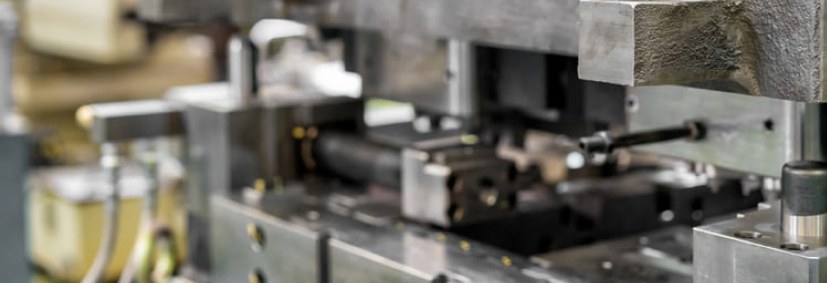
Die Casting
- Molten metal is forced into a mold cavity
- Molten metal requires tooling with extremely expensive start-up costs
- Die casted tools wear quickly, requiring expensive refurbishments & replacements
- Cannot cast ferrous metals like carbon steel & stainless steel
Select Your Investment Casting Material
View Material
Investment Casting
- Patterns are created using expanding wax
- Tooling is less costly for low production runs
- Excellent surface finishes can be achieved
- A wider range of alloys can be cast with this process
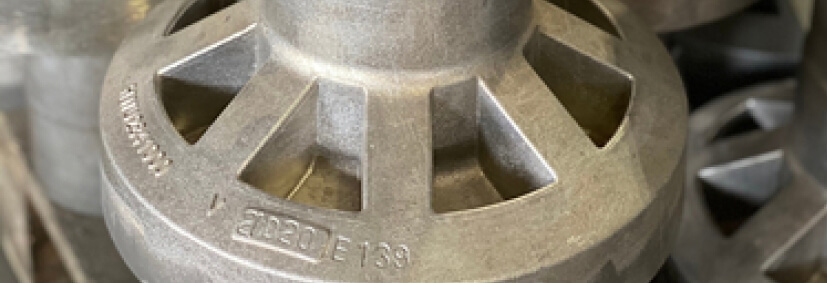
Lost Foam Casting
- Patterns are created using expanding polystyrene foam
- Higher costs associated with this method
- Lower quality surface finished
- Less alloys can be cast using this method
Select Your Investment Casting Material
View Material
Investment Casting
- Wax is injected into a pattern to create desired shape
- Requires less expensive equipment
- Inherently less dangerous allowing costs to remain lower
- Reduced machining due to investment casted parts ability to hold tighter tolerances
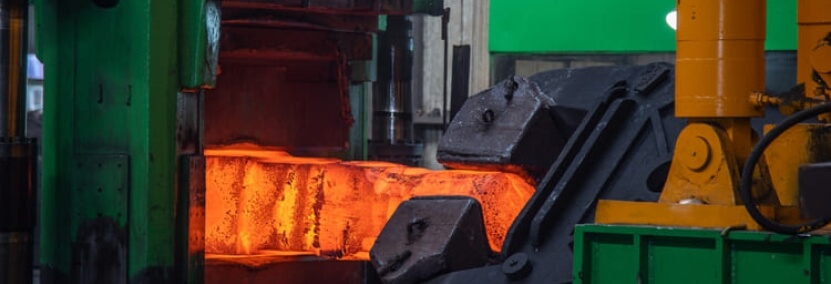
Forging
- Hot or cold material is pressed into the desired shape with a massive hammer
- Requires expensive tooling & specialty equipment that often needs to be replaced
- Heightened level of danger drives the cost of forgings higher
- Needs to be heavily treated & machined for hardness & tolerance holding
Select Your Investment Casting Material
View Material
Investment Casting
- Created by pouring molten metal into a ceramic shell
- Low scrap waste due to consistency in castings reduces final cost
- Shorter labor time reduces lead times & costs
- Offers one continuous part that has a consistent & clean look to the end user
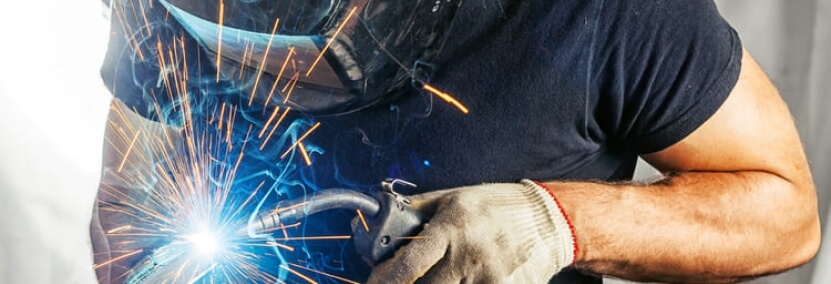
Metal Fabrication
- Produced by cutting, bending & welding multiple pieces of material together
- Multi-step process causes higher scrap
- High material waste & labor time results in expensive & time-consuming production
- Can look sloppy to end users without extensive work after casting
Select Your Investment Casting Material
View Material
Investment Casting
- Economic way to produce high definition, complex detail parts
- Reduced waste, labor time & machine time lowers cost
- Shorter labor time reduces lead times & costs

Machining
- Large amounts of material waste for anything other than a simple design
- Excess material leads to higher costs
- Can be a very lengthy process leading to longer lead times & more expensive parts
Select Your Investment Casting Material
View MaterialQuestions?
Ask Our Team
Give us a call or fill out the form below and our team will be in touch soon.

